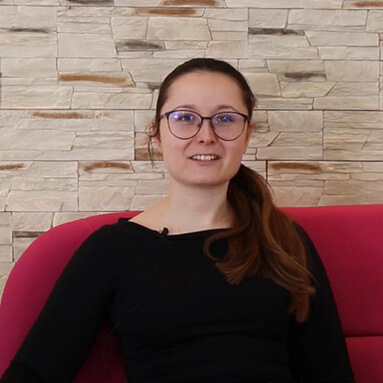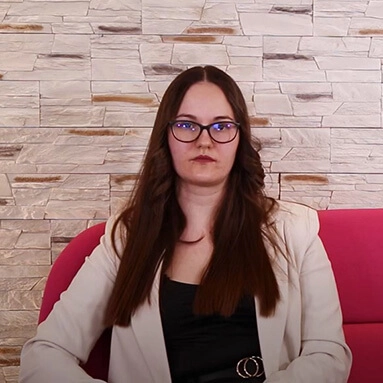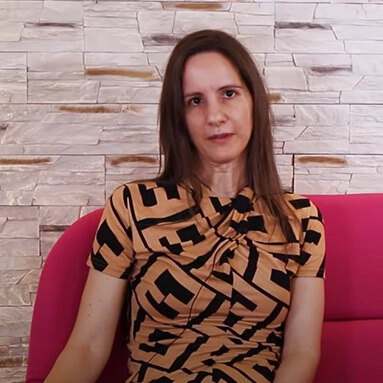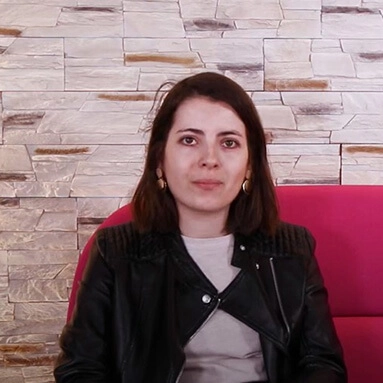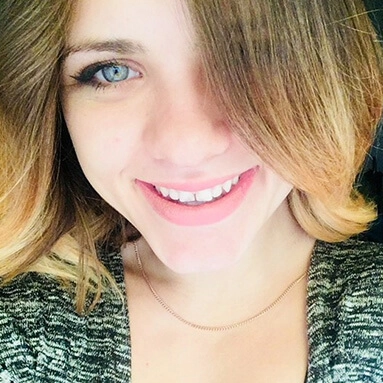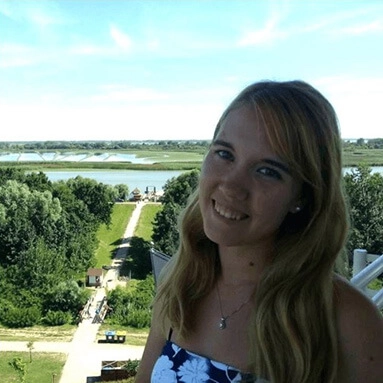You no longer have to talk with your mouth covered in shame or live on yogurt just because you've lost a few teeth!
We would like to introduce and briefly present today’s advanced dental options. We do this without claiming to cover everything, as each case is unique. We are happy to assist you in person, where we can select the most suitable option for you from the various possibilities!
But let's see, what is a combined dental prosthesis?
If at least one natural tooth remains in the mouth, we can create a so-called combined restoration. It is called combined because it includes both a fixed part (which cannot be removed) and a removable part.
The fixed part remains permanently in the mouth, which provides excellent comfort, as it stabilizes and secures the removable part.
The removable part base plate (the part that comes into contact with the mucous membrane-bone foundation, encompassing the entire prosthesis) synthetic gum material (the pink part, which replaces the atrophied mucosa and supports the teeth) artificial teeth and anchoring devices (it stabilizes the restoration against displacing forces).
The base plate can be:
- metal
- plastic
The anchoring device Based on the type, we distinguish the following types of restorations.
Clasp removable restoration
The remaining teeth are surrounded by metal cast clasps, which help stabilize the removable part. If necessary, the natural teeth can be covered with crowns (clasp-retaining crowns).
Which cases can it be used?
- It can be considered even in cases of missing 1-2 teeth, as well as in any case where a bridge could be made (but this solution is more favorable for professional or financial reasons).
- In cases of more extensive tooth loss
How is it made?
- It requires multiple visits.
- During the first visit, impressions are taken.
- A second impression is usually taken using a precision impression material and a custom tray. We record the bite. We select the tooth color. We document your preferences.
- During the third visit, we try in the trial denture. At this stage, the teeth are only set in wax, so we can make adjustments to the tooth alignment, color, etc., based on your preferences.
- During the fourth visit, we hand over the completed prosthesis. We will teach you how to use and clean it properly.
- A fifth appointment may be necessary, during which we adjust or loosen the clasp or polish the pink part (as it may press on or irritate the gum).






